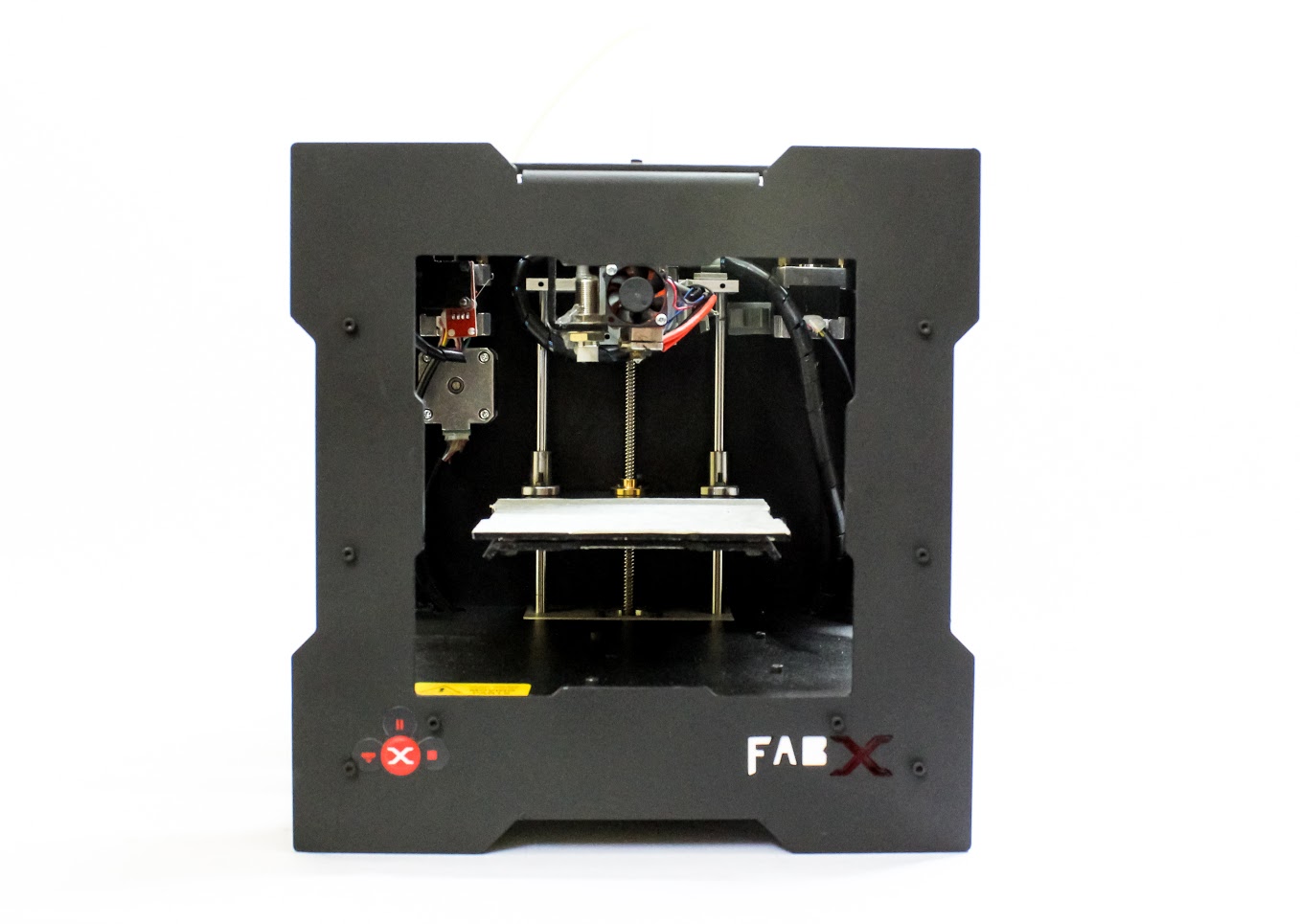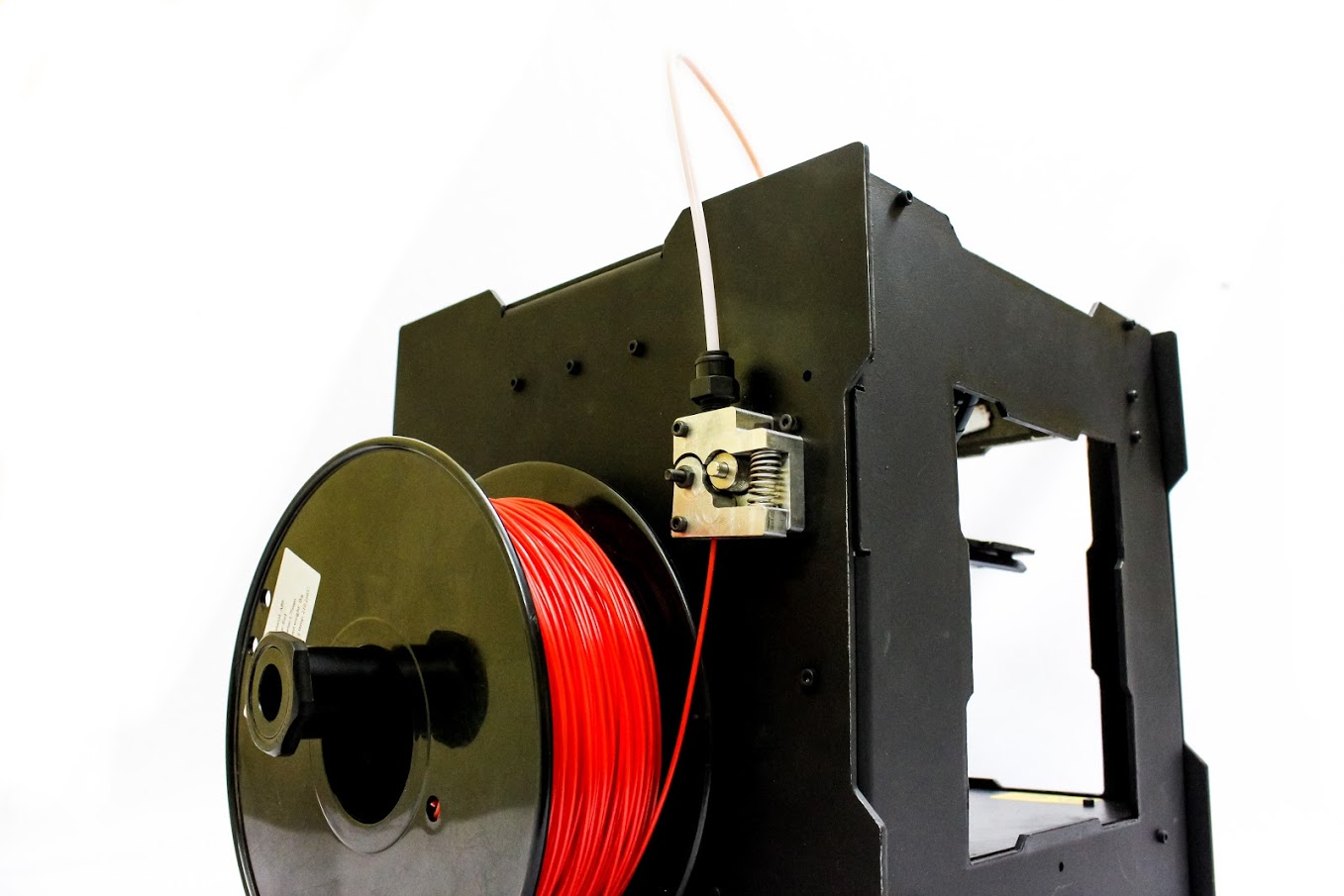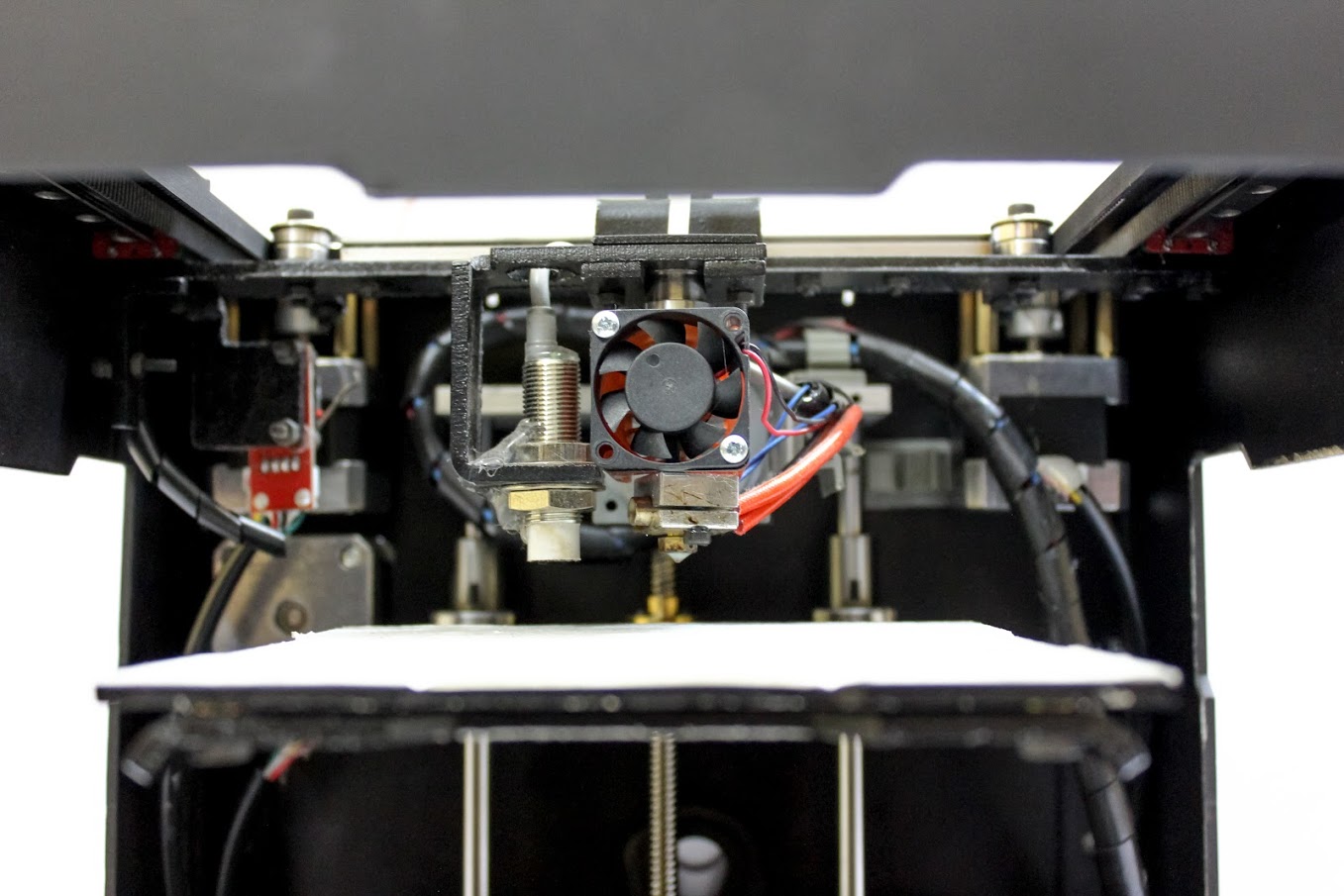
Today I’m looking at a 3D printer designed and built in India, the FabX 3, which offers a good mix of features at a very reasonable price.
The price of usable desktop 3D printers has been slowly dropping in recent years, and by usable, I mean offering features without which would drop an unwelcome burden on the operator. One reason for this effect is the increased competition from multiple vendors and particularly those in regions where the cost of manufacturing is lower.
One such example is India’s 3Ding, a two-year old startup that’s just delivered their 1,000’th 3D printer.

The company has released a new machine, the FabX 3, and it is worthy of discussion.
It’s a desktop 3D printer with good specs:
- 120 x 120 x 120mm build volume
- Magnetically held build plate, making removal of completed prints easy
- Automatic bed leveling process, making set up far simpler and increasing print reliability
- Uses a 0.4mm E3D Lite hot end
- Stiff, powder-coated aluminum frame
- Dual fans for quick cooling of sloppy plastics, like PLA
- Layer size as low as 0.05mm
Sure, these are not the most amazing specifications I’ve ever seen for a 3D printer, but you must always rate the machine against it’s price, and that’s where the FabX 3 shines. This machine is priced at only USD$499.
It wasn’t that long ago that price would get you the parts for a decent 3D printer kit, and it probably wouldn’t have been as good a machine as the FabX 3. Some of the features found on the FabX 3 are usually found on more expensive machines, if they have them at all.

It’s offerings like this that are putting pressure on the entire 3D printing market, where older machines with similar features may cost three to five times as much as a FabX 3.
In India, buying such a machine would be obvious, but in other regions it’s a bit more of a question: why buy a machine from a distant location? The answer lies in the price, which may be so compellingly low, it overcomes doubts.
But for companies such as 3Ding, it can be quite challenging to market their products in areas far from their normal operations. Typically such firms have to partner with local resellers to make headway, and I’ve seen several such arrangements be successful. Perhaps 3Ding should have one, too.
Via 3Ding

